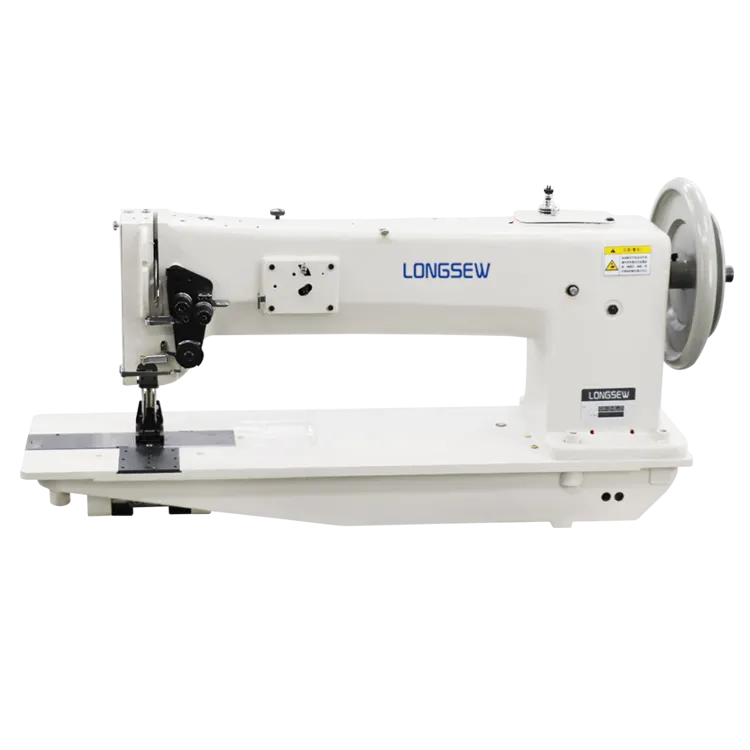machine for leather
The Evolution and Impact of Machines for Leather Crafting
Leather crafting has been an ancient art, steeped in tradition and craftsman spirit, dating back thousands of years. From the creation of the first pairs of leather shoes to modern-day fashion accessories, leather has evolved significantly. However, the transformation from a manual to a mechanized process has not only revolutionized production but also redefined the craftsmanship of leather goods. This article explores the role of machines in the leather industry, their advantages, and the future of leather crafting.
The Historical Perspective
Historically, leather was processed and crafted using simple tools, with artisans relying heavily on their skills and intricate handwork. This laborious process was time-consuming and required considerable expertise to achieve quality. As the demand for leather goods grew alongside industrial advancements, there emerged a pressing need for more efficient production methods. The invention of machines specialized for leather processing marked a significant turning point in the industry's evolution.
The Rise of Leather Machinery
The onset of the Industrial Revolution in the 18th century brought about remarkable innovations in machinery, including those designed specifically for working with leather. Machines such as leather cutting machines, sewing machines, and stamping presses drastically reduced production time and increased output. By automating various stages of leather production, these machines not only improved efficiency but also enabled mass production, thus making leather goods more accessible.
One notable invention was the sewing machine, patented by Isaac Singer in the 1850s. This invention transformed leather manufacturing by significantly speeding up the stitching process, which had previously been done by hand. Not only did sewing machines enhance productivity, but they also allowed for more intricate designs and stronger seams, paving the way for a new era in leather craftsmanship.
Advantages of Using Machines
The integration of machines in leather crafting offers several advantages over traditional methods. Firstly, machines enhance precision and consistency in production. Automated cutting and stitching minimize human error, ensuring that each piece of leather is crafted to exact specifications. This precision translates to higher-quality products, which is especially crucial in industries that require durability and reliability, such as footwear and automotive upholstery.
machine for leather

Secondly, the use of machines improves efficiency. What once took days or weeks with hand tools can now be accomplished in a fraction of the time. This increase in productivity allows manufacturers to meet rising consumer demands and respond swiftly to fashion trends.
Additionally, machines can handle larger volumes of leather materials, making it easier to produce bulk orders. This capacity can significantly lower the cost per item, allowing businesses to offer competitive pricing while maintaining profitability.
The Impact on Artisanship
While mechanization has brought about numerous advantages, it has also raised concerns regarding the potential loss of traditional craftsmanship. Many fear that relying heavily on machines undermines the artistry that defines leather crafting. However, it is essential to note that machines and artisanship can coexist.
Today, many leather artisans embrace technology to enhance their work rather than replace it. For instance, CNC (Computer Numerical Control) machines are used to cut intricate designs, allowing artisans to focus on the finer details of crafting. This synergy between technology and traditional skills can lead to a richer creative landscape, where innovation meets tradition.
The Future of Leather Crafting
As technology continues to evolve, the future of leather crafting looks promising. Advances in robotics, artificial intelligence, and sustainable practices are shaping the industry. Machines that utilize AI can learn from human craft techniques, enabling them to replicate and even improve upon traditional methods. Furthermore, the rising demand for eco-friendly and sustainable practices has led to the development of machines that use less energy and produce less waste.
In conclusion, machines for leather crafting have played an integral role in the evolution of the industry. They have drastically improved production efficiency, precision, and accessibility while also allowing for the preservation of traditional craftsmanship. As the leather industry moves forward, it faces the exciting challenge of integrating technology with artisanship, promising a future where creativity flourishes alongside innovation. In this dynamic environment, the story of leather crafting continues to unfold, merging the best of both worlds.
-
Heavy Duty Leather Sewing Machine: A Must-Have for Professional LeatherworkNewsMay.28,2025
-
Leather Sewing Machine: Essential for High-Quality LeathercraftNewsMay.28,2025
-
Extra Heavy Duty Sewing Machine for Premium Leather ApplicationsNewsMay.28,2025
-
Walking Foot Cylinder Arm Sewing Machine: Precision and Power CombinedNewsMay.28,2025
-
Industrial Cylinder Arm Sewing Machine: Engineered for High-Performance StitchingNewsMay.28,2025
-
Cylinder Bed Sewing Machine: A Powerful Solution for Precision StitchingNewsMay.28,2025
-
Zigzag Sewing MachineNewsMay.12,2025





























